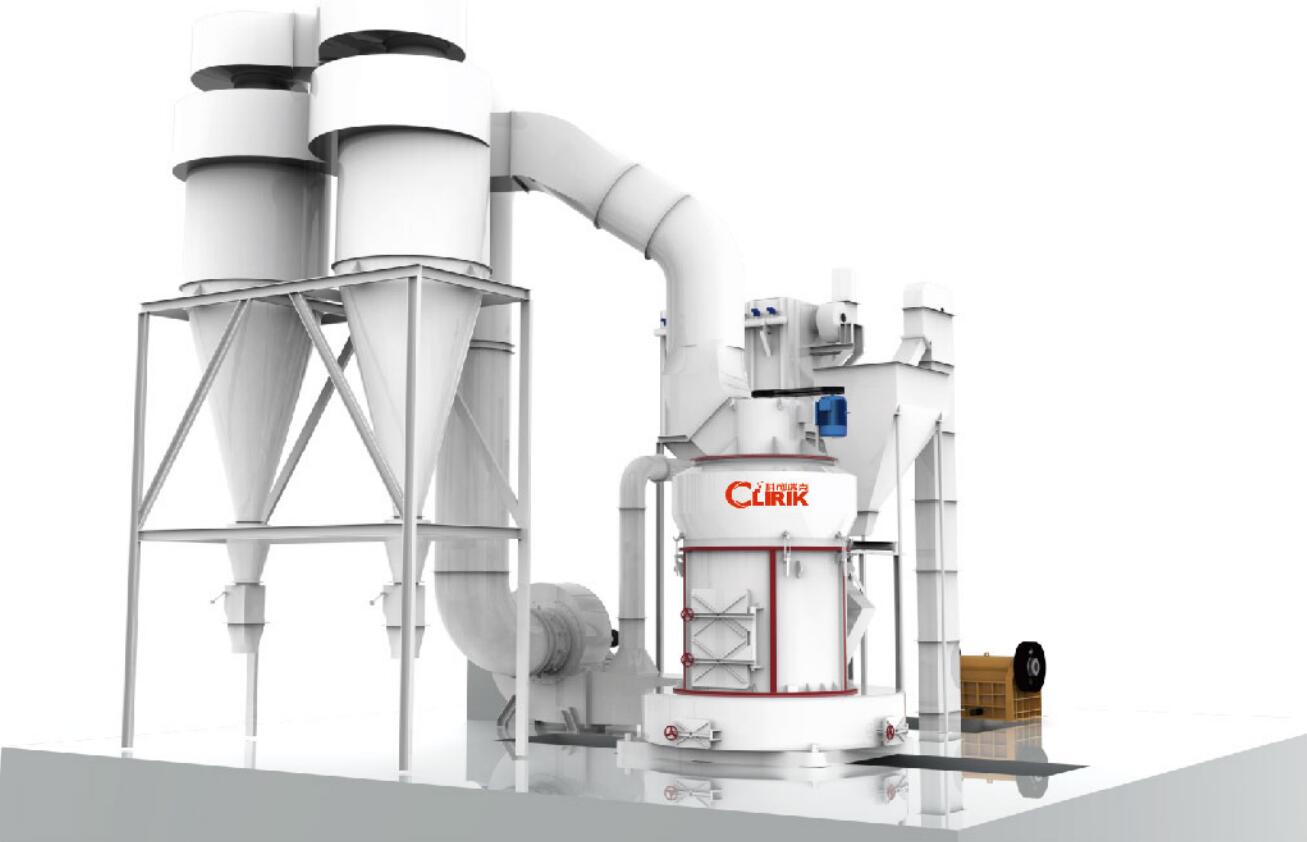The Difference Between Ball Mill, Raymond Mill, Ultrafine Mill In Process Calcium Hydroxide
Source:nclirik
Posted:2024-04-30
For calcium hydroxide processing, Raymond mill may offer a good balance of performance and cost-effectiveness, while ultrafine mills are suitable for applications requiring ultrafine particle sizes. Ball mills may be suitable for coarser grinding applications or situations where versatility is important.

The choice between ball mill, Raymond mill, and ultrafine mill for processing calcium hydroxide depends on factors such as desired particle size, energy efficiency, and processing requirements. Ball mills are suitable for coarse to medium grinding, Raymond mill offers finer particles with lower energy consumption, while ultrafine mill provides ultrafine particles with precise control over particle size distribution.

Ball Mill:
- Grinding Mechanism: Ball mills use grinding media (such as balls) to crush and grind the calcium hydroxide feed material. The rotation of the mill cylinder causes the grinding media to cascade and impact the material, resulting in particle size reduction.
- Particle Size Range: Ball mills are suitable for coarse to medium grinding, typically producing particles in the range of 100 to 2500 microns.
- Energy Consumption: Ball mills typically require higher energy input compared to Raymond mill and ultrafine mill due to the grinding media's kinetic energy.
- Advantages:
- Versatility: Ball mills can handle a wide range of feed materials and can be used for both wet and dry grinding, making them versatile for various applications.
- Scalability: Ball mills can be scaled up to handle larger production capacities if needed.
- Simple Operation: Ball mills typically have straightforward operation and maintenance procedures.
- Considerations:
- Longer Processing Time: Ball mills may require longer processing times compared to other mills due to the grinding action of the media.
- Higher Energy Consumption: The kinetic energy of the grinding media in ball mills results in higher energy consumption compared to other grinding methods.
Raymond Mill:
- Grinding Principle: Raymond mill operates on the principle of rolling and grinding. The grinding rollers tightly press the grinding ring under the action of centrifugal force, crushing and grinding the calcium hydroxide feed material.
- Particle Size Range: Raymond mill can produce finer particles compared to ball mills, typically achieving particle sizes in the range of 80 to 600 mesh (180 to 23 microns).
- Energy Consumption: Raymond mill is more energy-efficient compared to ball mills due to its lower energy input per unit of material processed.
- Advantages:
- Precise Control: Raymond mill offers precise control over particle size distribution, making it suitable for applications requiring fine grinding.
- Energy Efficiency: Raymond mill generally consumes less energy per unit of material processed compared to ball mills.
- Easy Adjustment: Raymond mill allows for easy adjustment of grinding parameters to achieve the desired fineness.
- Considerations:
- Limited Fineness: While Raymond mill can produce fine particles, it may not achieve the ultrafine particle sizes possible with ultrafine mills.
- Material Hardness: Raymond mill may be less suitable for grinding very hard materials compared to ultrafine mills.
Ultrafine Mill:
- Grinding Principle: Ultrafine mill operates on the principle of high-speed impact grinding. It uses high-speed rotating discs or jets of air to impact and pulverize the calcium hydroxide feed material, achieving ultrafine particle size reduction.
- Particle Size Range: Ultrafine mill can produce the finest particles among the three, typically achieving particle sizes below 10 microns.
- Energy Consumption: Ultrafine mill may have higher energy consumption compared to Raymond mill and ball mills due to the high-speed impact grinding mechanism.
- Advantages:
- Ultrafine Particle Size: Ultrafine mills can produce ultrafine particles with precise control over particle size distribution, making them ideal for applications requiring extremely fine grinding.
- High Efficiency: Ultrafine mills typically offer high grinding efficiency, resulting in faster processing times and lower energy consumption per unit of material processed.
- Narrow Particle Size Distribution: Ultrafine mills can produce particles with a narrow size distribution, which is beneficial for applications requiring uniformity.
- Considerations:
- Equipment Cost: Ultrafine mills may have higher initial equipment costs compared to other mill types.
- Maintenance Requirements: Ultrafine mills may require specialized maintenance and servicing due to their complex design and high-speed grinding mechanism.
Suitability for Calcium Hydroxide Processing:
- Ball Mill: Suitable for coarse to medium grinding of calcium hydroxide, but may require longer processing time and higher energy consumption compared to Raymond mill and ultrafine mill.
- Raymond Mill: Suitable for medium to fine grinding of calcium hydroxide, offering better control over particle size distribution and lower energy consumption compared to ball mills.
- Ultrafine Mill: Ideal for producing ultrafine particles of calcium hydroxide with precise control over particle size and distribution, albeit potentially higher energy consumption compared to other mills.
The choice between ball mill, Raymond mill, and ultrafine mill for processing calcium hydroxide depends on factors such as desired particle size, energy efficiency, and processing requirements. Ball mills are suitable for coarse to medium grinding, Raymond mill offers finer particles with lower energy consumption, while ultrafine mill provides ultrafine particles with precise control over particle size distribution.
Related Newsmore >>
- CLIRIK Welcomes a Surge of Visitors During CHINACOAT 2025 Season — Free Shuttle to Pudong Showroom N2025-11-25
- Ultrafine Grinding of Recovered Carbon Black (rCB) Using HGM Mill2025-10-23
- HGM Ultrafine Grinding Mill for Limestone in Cement Industry2025-10-15
- Happy China National Day 20252025-09-29
- CLIRIK Ships HGM Mill to India: Fine Limestone Powder for Rubber & Plastic Fillers2025-09-25
- CLIRIK Mill Processing CaCO₃ at 500,000 tons/year, 600–3000 mesh2025-08-29
















